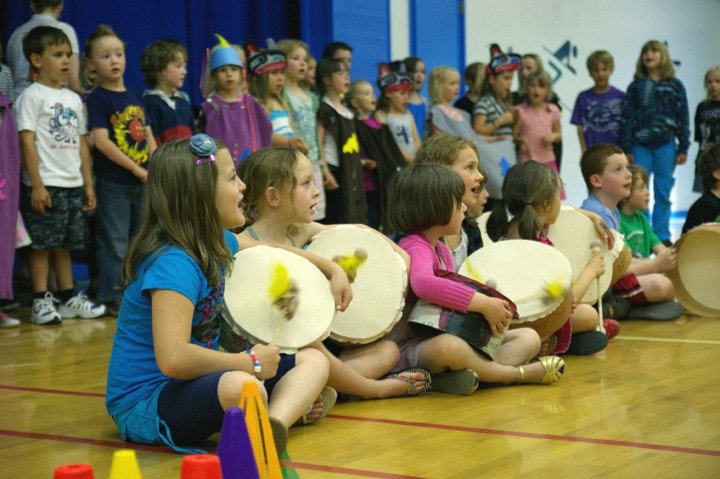After 40 years of collaborative learning in multi-age classrooms, the Gordon Sargent school will no longer be recognized as its own program.
With declining student enrollment and teacher layoffs, there’s not enough resources to justify running two separate streams of primary classrooms within one school.
But Kim Jones, principal at South Nelson Elementary where the programs is currently based, said elements of the program and the school philosophy can be worked into the regular classes.
“We’ll still have the some of the Gordon Sargent teachers here, and I’m sure they’ll keep the Gordon Sargent feel in their classrooms wherever they can,” Jones said. “We just need to find a balance that will work for all South Nelson students in a unified school, remembering there are parents who want their children in a regular straight-grade classroom.”
Gordon Sargent school is the namesake of an influential former school board trustee. The program, for Kindergarten to Grade 3 students, was originally ran out of the building at Lions Park. Four years ago it was moved to South Nelson for budgetary reasons.

What makes Gordon Sargent school different is, rather than just separating students into four classrooms based on age, kids are split into numerous interest-based and ability-based groups throughout the day.
“Students start their day in the class they are registered in, but after the first break they go into other groups,” explained Brenda Reid, a teacher at Gordon Sargent for 25 years. “Throughout he day they might be in five different groupings, working with different students and teachers.”
Dave Potkins, a Gordon Sargent alumnus and father of two girls now registered in the program, said he has good memories of multi-age classrooms and his daughters seem to be excelling in them.
“When they’re the youngest in their class, they get the challenge of trying to keep up with the older kids,” he explained. “Then, when they get into a mix that they’re the oldest, they enjoy being in more of a mentoring role. It’s a good variety.”
The students also get a say in what they learn about. At the end of each scool year, they choose the topics for the coming year, and the teachers work to find ways to fit their interests with the curriculum.
“As a teacher, you never get bored. You never know what they’re going to come up with, so you’re learning right along with the students,” said Reid.
On many occasions parents and community members are invited to help teach a unit. This year some L.V. Rogers secondary school biology students came and dissected animals for the students, after they chose to to do a unit on organs.
The final unit the students chose to learn about was Aboriginal nations. At the school’s 40th anniversary celebration, students showed their parents their projects: some had made drums or masks and others created dioramas of traditional native settlements, with longhouses and teepees.
They said goodbye to their teachers with songs in the gymnasium. Reid, who’s retiring this year, said the celebration was bittersweet.
“I’ve never found another program like Gordon Sargent, where students get so much ownership of their learning. It’s been amazing to be a part of,” she said. “Programs like these are always changing, as society changes and students needs change, but I hope the philosophy won’t be lost. It will be up to the teachers to keep it going.”
